How to Make Prickly Pear Syrup
September 21, 2015 | Updated June 17, 2020
As an Amazon Associate I earn from qualifying purchases.
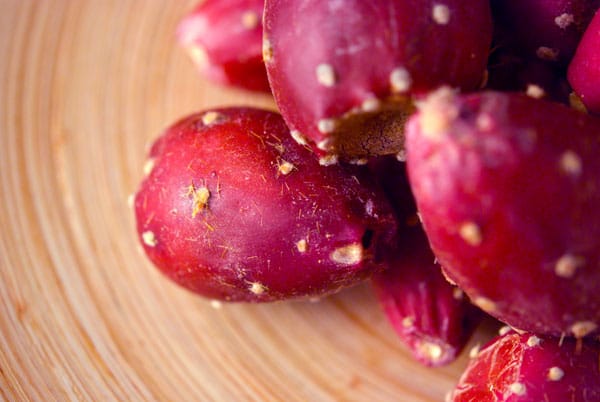
Well into my adulthood, all I knew about prickly pears was that they are the fruit of a cactus, the Sicilians eat them, and that according to Baloo, they are a bear necessity. I’d filed them in the back of my mind to the “someday I’ll get to it” list, along with perfecting bechamel and giving a crap about edible foams.
But when I moved to California years ago, I saw them everywhere.
Prickly pears are a common landscaping plant, one I’ve taken to growing in my own yard.
The fruits, often called tunas, come in all sizes and colors, ranging from teeny to larger than an orange. The larger ones are worth eating as a fruit, but the little ones are best for prickly pear syrup, which is what I first made with this fantastic cactus fruit.
The first time I brought some home, life intervened and they sat in my fridge in that paper bag for nearly a month. Apparently prickly pears store really well in the fridge. I’ve since kept them in a paper bag in the truck for a week and they were fine.
If you want to eat the fruit, you need to get these little flavor grenades out of their spiky skins. Second lesson learned: It’s not the big, seemingly vicious spines you need to worry about. It’s the hairlike “glochids,” which cover the fruit, that you need to worry about. Hated, evil glochids. Even the name sounds like some monster in a George Romero film.
Instead of skinning, you can also torch the pears briefly, which burns off the glochids. My friends Elise and Garrett have a method for skinning prickly pears that works well, too.
Regardless of how you use your tunas, you need to separate the seeds from the pulp. Garrett and several others say the seeds are edible, but they are either high or have far stronger teeth than I do; it’s like eating a wood chip.
Prickly Pear Syrup is dead easy. No skinning or burning required. Simply cover the fruits with water, bring to a boil, cover and let steep for 30 minutes or so. Mash with a potato masher, run through a food mill to remove the seeds, and then strain, strain strain.
I am something of a fanatic when it comes to clarity; I developed this particular neurosis from making wine. So I pass the pulpy juice through a fine-meshed sieve and then again through cheesecloth or a plain paper towel.
After that, I add an equal volume of sugar and bring it to a simmer to thicken a little. Once the sugar was good and dissolved, I turned off the heat and added some citric acid.
Why? Third lesson learned: Prickly pears, which taste like a combination of bubble gum, watermelon and strawberries, are mostly lacking in tartness. An exception is the variety the Mexicans call xoconostle. Without tartness, fruit is not very tasty.
Why citric acid? I wanted a neutral acid, not lemon juice. They’re close, but not the same. Lemons bring other flavors to the party, and I wanted this to be prickly pear’s show.
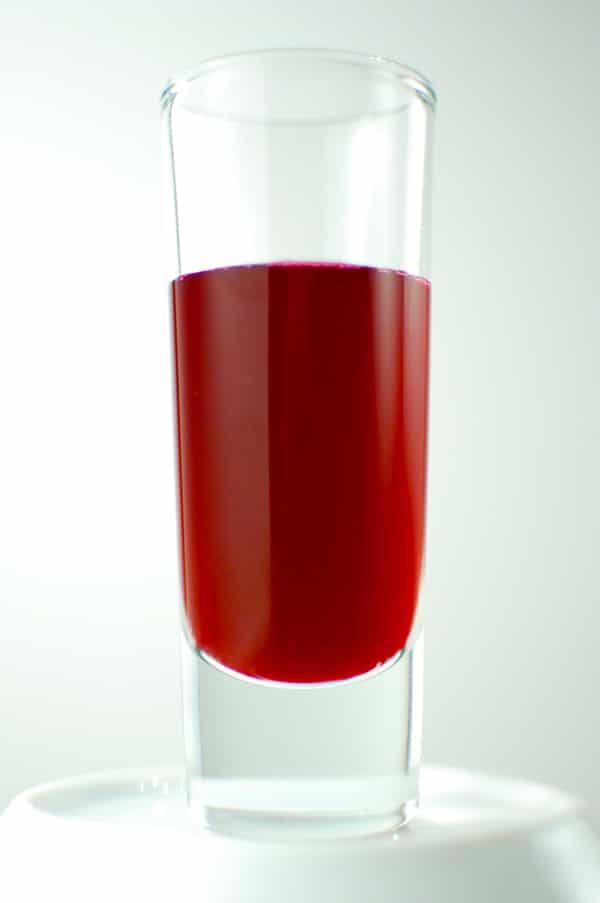
The result? Pure magenta power.
This prickly pear syrup rocks. The citric acid gives it just the right tang, and it brings out the watermelon-bubblegum elements and holds the color; it’s also a good preservative.
My initial use: Mixed with tequila, of course. Cactus and Agave. Duh! After that obligatory start, you can make sorbet, a vinaigrette for a salad, a souffle, or a glaze for game birds. If you want to do that, here is a glazed pheasant recipe that works just fine with a regular chicken (or quail or grouse), as well as with other glazes such as maple syrup, honey or another fruit syrup.
What’s the takeaway? Stretch a bit. Expand your horizons and work with new flavors. Some, like this one, will become new staples for your personal kitchen.
Prickly Pear Syrup
Ingredients
- 3 pounds prickly pears
- Water to cover
- 3 cups sugar
- 1 tablespoon citric acid, or the juice of 2 lemons
Instructions
- Put the fruits in a pot and add enough water to almost cover them. Cover and bring to a boil. Turn off the heat and let steep for 30 minutes.
- Mash the fruit with a potato masher, then push it through a food mill to separate out the seeds.
- Strain the pulpy juice through a fine-meshed strainer, then again through the same strainer that has either cheesecloth or a plain paper towel set inside. You need to do this to be sure of removing every last glochid.
- Measure the strained juice, and pour it into a pot. Add an equal amount (by volume) of sugar and bring to a simmer over medium heat. Let it simmer for 5 minutes. Turn off the heat and let it cool for 15 minutes. Add the lemon juice or citric acid. Add a little at a time and taste it. Stop adding when it is tart enough for you.
- Pour while still hot into clean Mason jars and seal. This should keep for months in the fridge, or you could process it in a boiling water bath for 10 minutes and keep it in the pantry; the citric acid helps preserve the syrup.
Notes
Nutrition
Nutrition information is automatically calculated, so should only be used as an approximation.

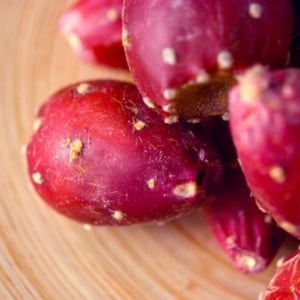
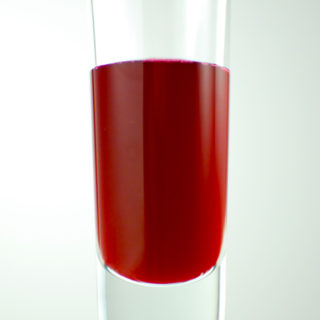
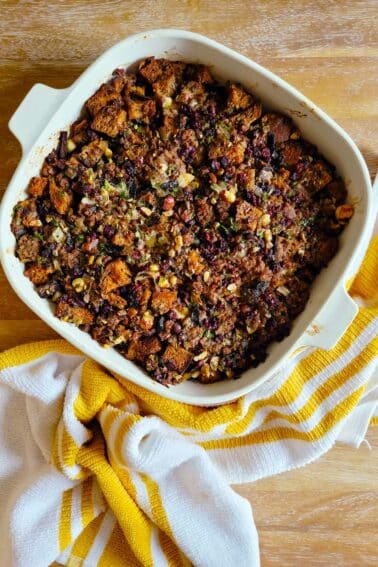
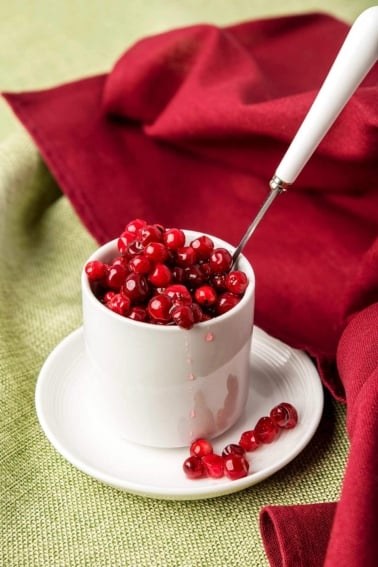
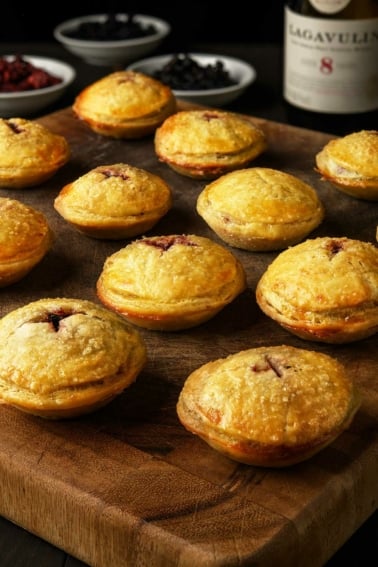

I’d love to give this a try. Where did you buy the tunas? Thanks!
Marissa: I didn’t buy them. I grow them. You can find prickly pear fruit in Latin markets sometimes, and all over the states of Arizona and New Mexico in summer. Prickly pears grow in parts of most states, actually.
Instead of using a food mill which I don’t have, could I use the VIta-Mix to blend the syrup mixture after steeping and strain that? Would it be glochid safe at that point?
Claudia: Maybe? I’ve never tried it. I’m also wondering how the blender would handle the seeds, which are very tough.
If it’s so sweet, why not reduce the amount of sugar?
Renee: Because that’s what syrup is. You need that much sugar so it will be stable and not spontaneously ferment.
Hello! Did you strain the water off the fruit before mashing?
Erin: No.
Great! Thanks.
Now debating between syrup and bitters – any directions on homemade bitters with prickly pears?
Parker: Nope. That’s one thing I’ve not yet done.
I’m about to start this with some homegrown(rooftop) pears. Can you can this? I’ve cooked some other syrup recipes that turn the syrup brown after high heat. :/ Any suggestions for retaining the vibrant magenta if I can can it?
Thanks!
Parker: No need. I’ve kept Mason jars of this in the fridge for more than a year.
Just so you know, agave is not a cactus.
Paul: I know, but it sounds cool! 😎
“Bonnie”–how did it turn out?
I read your post for some general taste profiles & to see the best way to turn prickly pear into a syrup. Then I went in my own crazy direction, reduced it in a lemongrass simple syrup & will use it as a sauce for a lemon, rosemary ricotta in puff pastry with dragon fruit garnish. (its actually not finished yet, but I’ll let you know how it turns out.)
Great recipe. After scrubbing the tunas, I ran them through the blender with a little water, then proceeded to the cooking part. The seeds are so tiny and hard they are not affected by the blender, but will be sieved out with the pulp later. I use about 1/3 less sugar. More can always be added later as needed.
Burning off glochids is the way to go. I added lemon juice in my original water to introduce the cleaning properties before the cooking starts. Our AZ pears are a bit more generous and a little less sweet. . There is a beet like quality to the flavor. I like lemon and a hint of orange in my mash. Squeeze with the cheese cloth. I would say don’t blender with the seeds involved.
I loved how simple this was to make. Thank you
Um. Do you not peel the Tunas? Your instructions insist on running the liquid through strainers and cloth in order to be rid of the glochids, which is understandable if you are not peeling them in the first place for this recipe.
Witty: You don’t need to peel the tunas with this method.
I steeped my prickly pears and they turned green is this normal?
Jessica: No! That’s weird. Wonder what happened?
Do you leave the fruit in the water when mashing or take it out of the hot water and mash?
T: You take it out of the hot water.
I made this recipe and used the water bath. I stored it in the pantry and now it has a bit of white scum on the top.Any ides if it’s still good?
Sheila: I don’t “can” this recipe. I keep it in the fridge. It likely has mold on it. If it’s white mold, you should be fine. Skim it off and put the syrup in the fridge.
50 lbs of prickly pears yielded about 4.5 gallons of juice in my kitchen this year. We got that yield by parboiling, sending through a juicer, and then squeezing the pulp/seeds through a flour sack. So that’s approximately 10lbs per scant gallon. YMMV, of course, but perhaps that’s semi-helpful.
How much juice should I expect to get from pressing a typical ripe sized nopal fruit and how many do I need for a gallon of juice?
Kyle: No idea. Sorry.
COULD YOU RUN THE PEARS THOUGH A JUICER INSTEAD OF A MILL AND CHEESE CLOTHE?
Vallery: Probably
Thanks, Hank! I did try the agave syrup at a 4:1 ratio (prickly pear juice to agave) since it is sweeter than sugar. It turned the syrup a beautiful orange/pink color and was not thick like syrup, but the flavor was great and it also made excellent prickly pear sodas!